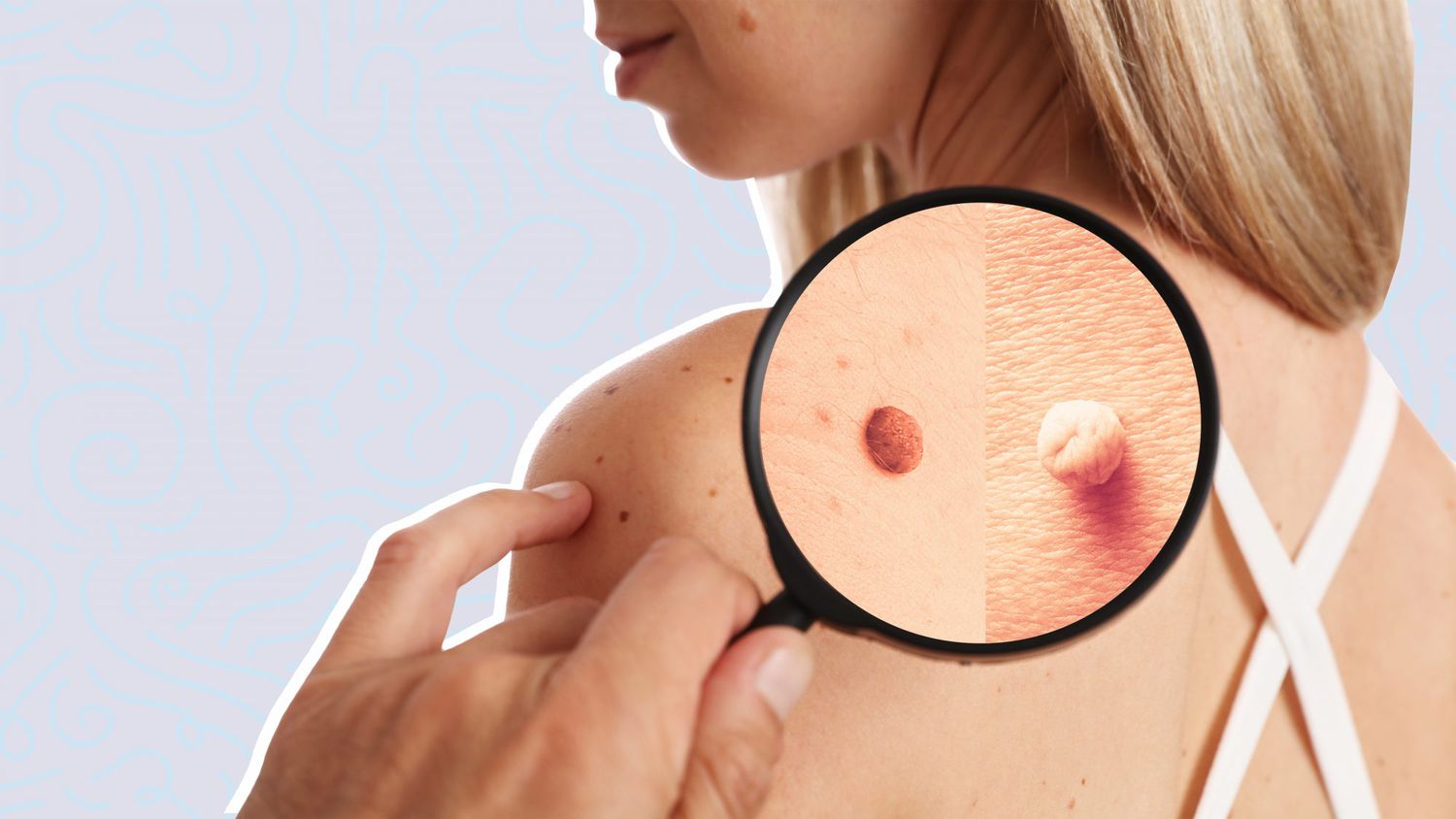
What to Do About Skin Tags, Moles, and Other Lesions
You’re washing up one day or changing clothes in front of a mirror when you notice something on your skin that you’re pretty sure is new. So of course you consult Dr. Internet (instead of our board-certified dermatologists in Jupiter) and decide it’s harmless.
Regardless, you want to be rid of it for cosmetic reasons, or because it’s located in a place where clothing, jewelry, or frequent movement will constantly irritate it.
You’ll see offers all over social media, in catalogs, and online for products to remove unsightly moles, skin tags, and other types of lesions. Some work and some don’t, but we want to suggest that handling such “harmless” growths yourself might not be the best idea.
Why not do it at home?
As the American Academy of Dermatology (AAD) explains, if you remove a skin growth at home that’s actually skin cancer, you could leave microscopic cancer cells behind, allowing them to spread undetected.
You could also risk a serious infection or uncontrolled bleeding, either of which might land you in the emergency room. You also take the chance on scarring.
Many skin growths are benign, meaning they may be unsightly, but will never lead to cancer. The problem, however, is in knowing the difference, and it often takes a board-certified dermatologist to know which is which.
There are many reasons why non-cancerous skin growths can pop up anywhere on your body. Often, such lesions run in families. They can also be caused by exposure to ultraviolet (UV) light such as the sun or tanning beds, or when skin is repeatedly irritated by, for example, tight waistbands or bras.
But how to tell the difference?
What to look for…
It’s important to know what a suspicious growth looks like because if caught early enough, most skin cancers can be cured.
When checking for possible skin cancers, any new growth on the skin should be investigated. So should a sore that doesn’t heal, or a smooth, shiny, or pearly-looking bump.
The Centers for Disease Control and Prevention (CDC) offers this quick alphabet guide on what to look for.
A = “asymmetrical.” Does the mole or spot have an irregular shape with two parts that look very different from each other?
B = “border.” Is the border of the mole or spot irregular or jagged?
C = “color.” Is the color uneven?
D = “diameter.” Is the mole or spot larger than the size of a pea?
E = “evolving.” Has the mole or spot changed during the past few weeks or months?
When to relax (a bit)
On the other hand, many people over 40 begin seeing various benign skin growths as they age, and the majority of them are usually nothing to worry about.
Here’s a list of common growths that normally are benign.
Skin tags – These are usually small, flesh-colored, or brown growths that may be attached to the skin by just a small stalk. They’re usually found under the arm or breasts, in the groin, or around the neck area. They’re harmless, but if you try to remove them yourself you could cause uncontrolled bleeding because that little stalk contains lots of blood vessels.
Seborrheic keratoses – These are common skin growths that nearly always seem suspicious, but are in fact harmless. Often called “the barnacles of aging,” most people over the age of 40 develop them. The AAD says they may have a warty-looking surface, while others look like dabs of warm, brown candle wax on the skin. You should see us, however, if the spot grows quickly, turns black, or bleeds, as these can be signs of skin cancer.
Warts – a contagious virus causes these rough skin overgrowths. Although they can be removed at home with a product containing salicylic acid, sometimes squamous-cell skin cancers can look like warts, so you might want to have us check to be sure.
Cherry angiomas – These small cherry-colored bumps are harmless, ranging between pinhead to eraser size. Because they comprise lots of small blood vessels, however, they’re one skin lesion you should never try to remove yourself, due to the risk of uncontrolled bleeding.
Moles – Although most moles are not cancerous, these are the one type of skin growth you should monitor carefully because they are the most likely skin growth to harbor cancer. If you see any of the “ABCDE” changes noted above, let us know as soon as possible.
Beware OTC solutions
Most skin lesions prove harmless, but the U.S. Food and Drug Administration (FDA) issued warning letters in August to Amazon, Areille Naturals, and Justified Laboratories for selling unapproved products for mole and skin tag removal.
The agency also cautioned consumers to avoid such over-the-counter (OTC) products, because of the possibility of missing an early-stage, treatable cancer.
In addition, writes the agency, “These products often don’t remove the lesion, or don’t remove all of it. Worse, even if the lesion falls off, the product may cause permanent injuries to the surrounding skin, such as scarring or discoloration.
“Dermatologists . . . are trained to identify suspicious lesions, examine them, and help patients decide the best treatment,” they conclude.
We couldn’t agree more. And we also recommend you see us for an annual skin cancer screening. It could save your life.

